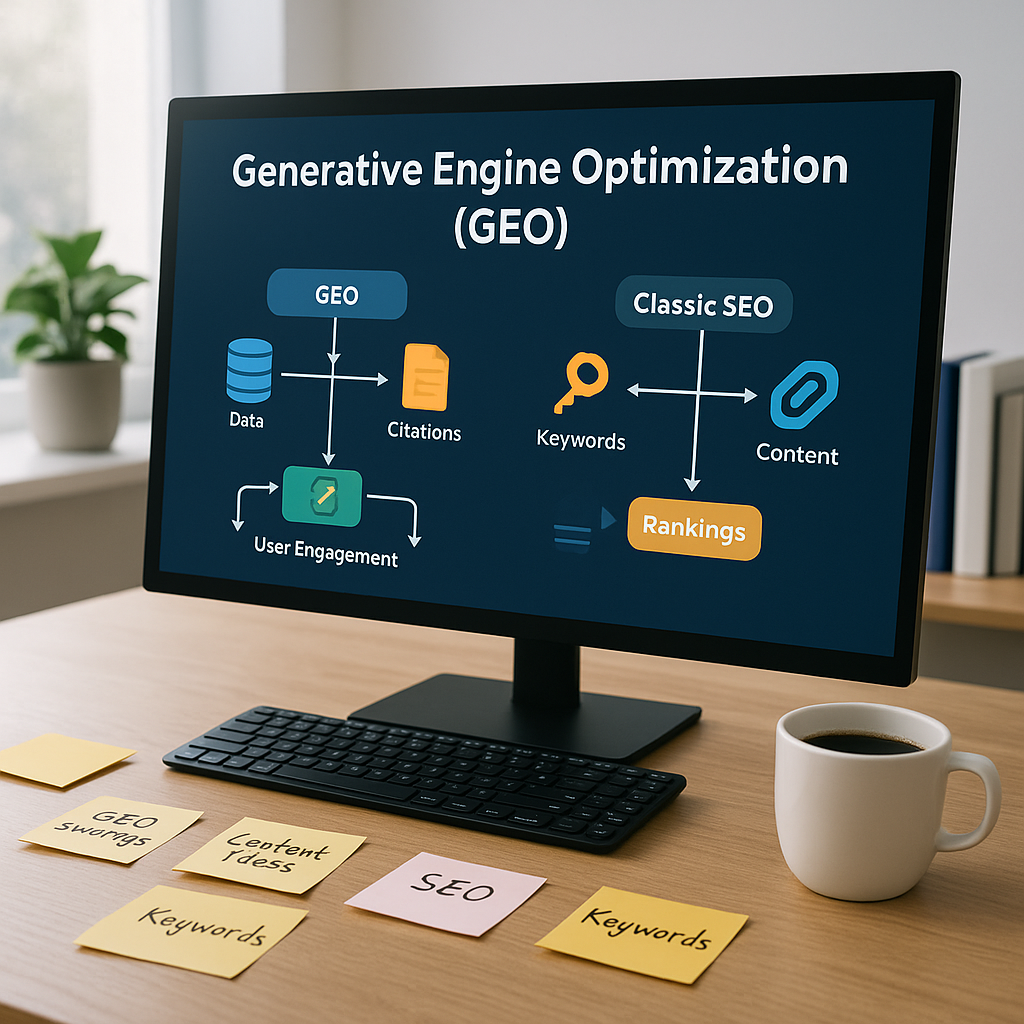
Scroll Stopping is Dead: Why Marketing Leaders Must Embrace Interactive & “No-Scroll” Marketing Experiences

For years, marketers have obsessed over “scroll-stopping” content, those flashy LinkedIn carousels, viral videos, or bold hero headlines designed to pause thumbs mid-flick. But in 2025, the scroll isn’t just being ignored, it’s being skipped altogether.
Today’s audiences aren’t just burned out on content. They’re tuned out, glossing over polished visuals and skimming landing pages like muscle memory. If it doesn’t do something for them, they’re gone.
This moment demands a shift in mindset for marketing leaders: away from passive content consumption and toward active content participation. Enter the age of interactive, no-scroll experiences.
What Do We Mean by “No-Scroll”?
“No-scroll” doesn’t mean literally no scrolling (though it can). It refers to a shift in how users interact with digital content, moving from long-form, vertically stacked pages to modular, interactive, and immersive layouts.
These experiences aren’t just different in design—they’re different in intention. Instead of hoping a user reads all your copy, you invite them to click, input, choose, explore, and respond.
You’re not asking them to scroll.
You’re asking them to play.
Why Scroll-Stopping is Losing Its Power
The traditional scroll-stopper relied on disruption: loud visuals, bold copy, or attention-grabbing animation. But today’s users are:
- Overwhelmed by content saturation
- Numb to typical hooks or templates
- Used to AI-generated sameness
Plus, with AI summaries, chat-style search (ChatGPT, Gemini), and TL;DR culture, skimming is the default, not the exception.
So what now? Instead of shouting louder, smart brands are engaging deeper by turning content into tools, journeys, and mini-experiences that solve, guide, or entertain.
The Rise of Interactive Content in 2025
Here are 3 formats leading the charge—and why they’re so effective.
1. Interactive Tools (ROI Calculators, Assessments, Configurators)
Why it works:
They give instant, personalized value. Instead of reading a whitepaper about potential cost savings, users see their own numbers in real time.
Examples:
- ROI calculators (e.g., “How much could you save using our automation platform?”)
- Compliance readiness quizzes
- Budget configurators for SaaS tiers
- Personalization engines (“What’s your content strategy personality?”)
CMO Insight:
These tools become lead magnets, sales enablement assets, and product education—all in one. Plus, they generate rich first-party data for segmentation and retargeting.
2. Immersive Landing Pages with Modular UX
Why it works:
Users are tired of scrolling through walls of copy. Instead, modular, scroll-limited layouts let users click to explore only what matters to them, at their own pace.
Features to include:
- Tabbed content sections
- Hover states and clickable modules
- Embedded video or micro-animations
- Scroll-jacking sections (horizontal navigation, split-screen interactivity)
Examples:
- Notion’s “Why Notion” page with role-based storytelling
- Webflow’s feature pages with animated, interactive layouts
- Clearbit’s “Playbooks” experience with interactive GTM strategies
CMO Insight:
Your web experience should feel like a product demo, not a brochure. Modular UX means your team can adapt content per vertical, use case, or campaign theme without needing new page builds every time.
3. AI-Powered Chat Experiences Instead of Static CTAs
Why it works:
Static CTAs (“Get a demo”, “Download now”) are increasingly ignored. But an AI concierge that can guide users, recommend resources, or answer questions in real time? That feels like service, not selling.
Popular use cases:
- AI onboarding wizards
- Chat-based content navigation (“What are you here to learn today?”)
- Lead qualification (“What’s your biggest challenge?”)
- Interactive demo assistants
Examples:
- Drift’s conversational landing pages
- Intercom’s AI chatbot sequences for feature navigation
- Synthesia’s AI avatars walking you through the product
CMO Insight:
AI chat isn’t just for support anymore. It’s a content delivery system, a lead filter, and a conversion engine. When it’s contextual and helpful, it outperforms forms and buttons every time.
Why CMOs Must Lead This Transition
If you’re a CMO still measuring pageviews and scroll depth, you’re already behind.
Today’s KPIs are shifting to:
- Interaction rates (clicks per module, tool completions)
- Engagement time per section (vs. total page time)
- Lead quality from interactive assets (vs. generic downloads)
This shift requires your team to:
- Partner closely with UX/design and product
- Invest in interactive platforms (e.g., Ceros, Tiled, Webflow, Outgrow)
- Develop a content strategy that’s built for play, not just display
Getting Started: Your “No Scroll” Starter Kit
Here’s how to begin transitioning your marketing experiences away from traditional scroll-heavy content:
- Audit your top-performing pages.
Which ones could become modular or interactive? - Identify high-intent moments.
Where are users ready to engage—e.g., pricing, product tour, solution pages? - Start with one interactive tool.
Pick an ROI calculator or assessment that connects to a key business case. - Replace a form CTA with a chatbot.
Pilot one page with an AI assistant instead of a static form. - Train your content team on UX thinking.
Writers and designers need to work like product teams—iterating, testing, evolving.
Final Thought: Don’t Just Capture Attention—Earn Participation
In 2025, attention is not the goal. Participation is.
And participation comes from content that is personal, dynamic, and useful, not just “on-brand.”
For CMOs, the mandate is clear: Stop chasing scrolls. Start building experiences.
Because the best marketing doesn’t interrupt someone’s journey.
It becomes the journey.
Want help building interactive, scroll-free marketing that actually converts?
Uku Lab specializes in immersive content strategy, interactive tools, and AI-powered UX design for B2B brands. Let’s connect.
.png?width=500&height=500&name=Uku%20Lab%20Main%20Logo%20(1).png)

